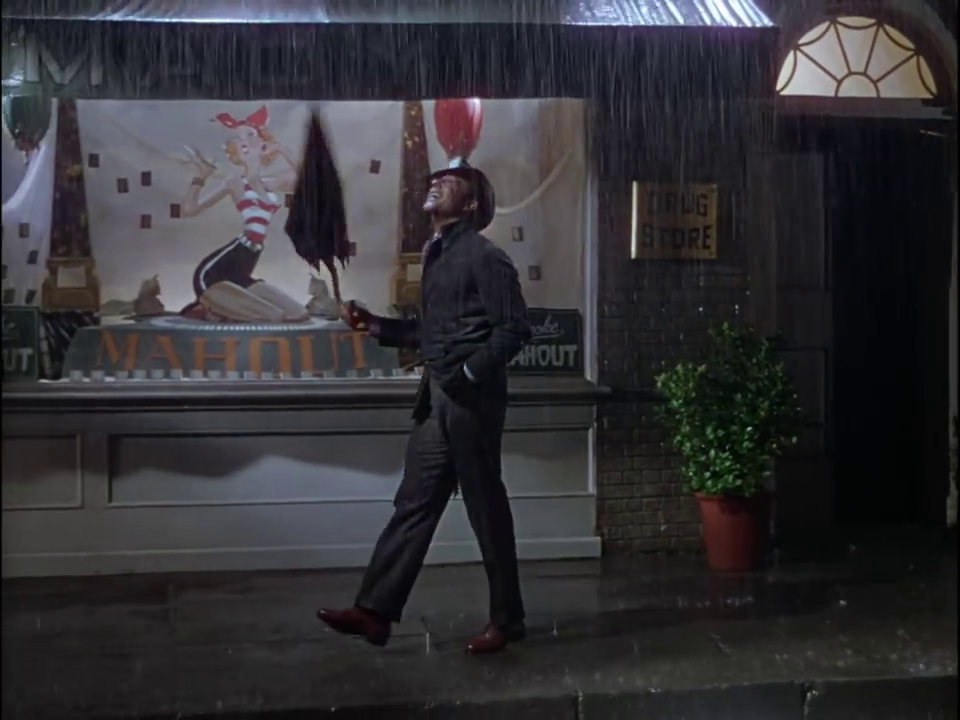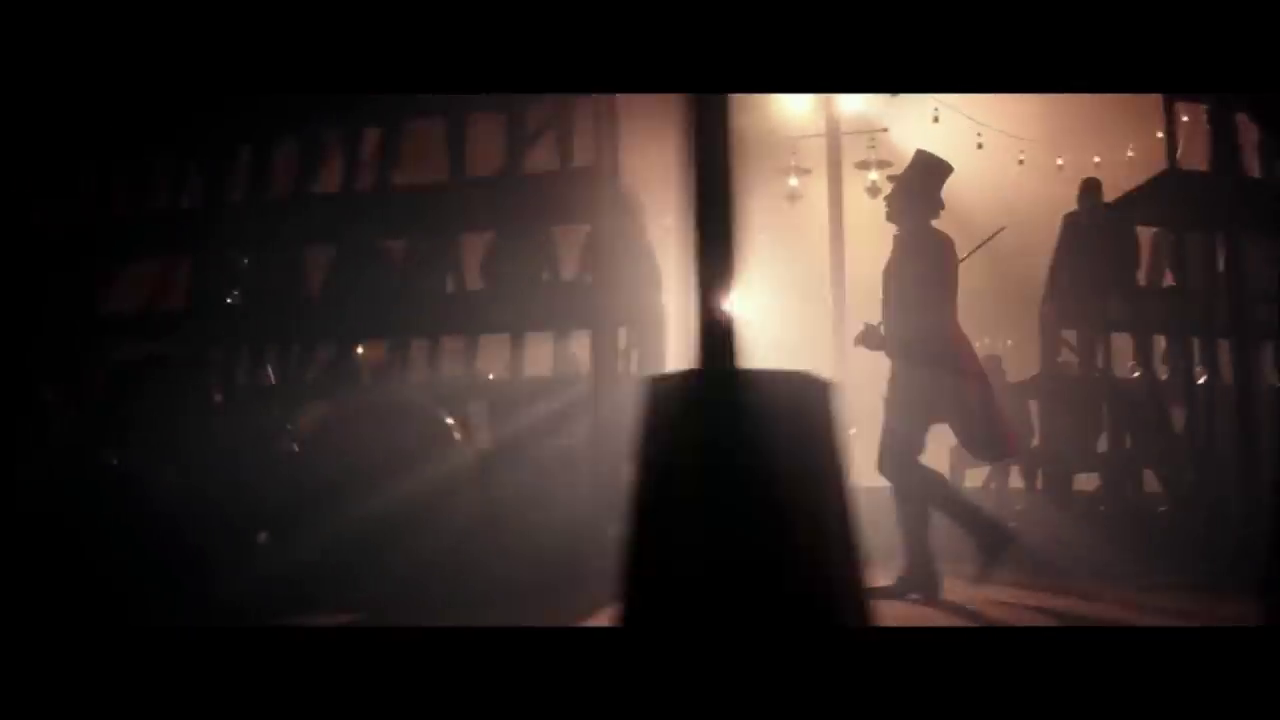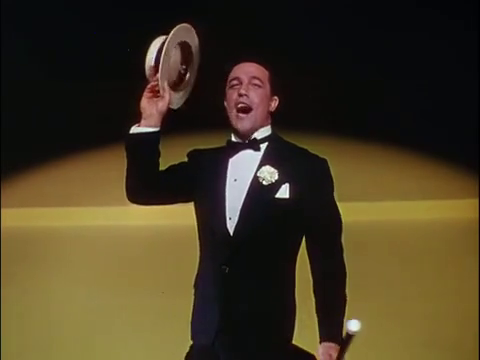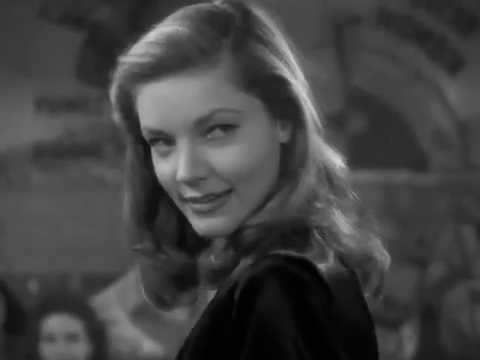LIVE SPECTACLE
Cady Conaway
Spectacle is a word often used in relation to people. “You’re making a spectacle of yourself” and so on. But it can mean something else in relation to film. From CGI explosions to the show-girl trope, Spectacle in film refers to moments that halt the flow of the narrative, taking a break from your regularly scheduled programming to bring you this Spectacle.
Society of the Spectacle
hello
Guy Debord wrote La Société du spectacle in 1967. A collection of 221 ‘theses,’ The Society of the Spectacle discusses how, according to Debord, modern social life has declined into a state of representation. For Debord, social life is no longer about living but owning through the mechanizations of capitalism and commodification. Mass media, specifically marketing, drives these mechanizations, and it is there that we find the Spectacle.
“The spectacle is not a collection of images; rather, it is a social relationship between people that is mediated by images” (Thesis 4).
For Debord, this mediation has created a definitive decline in quality of life, including a decline of critical thought. Debord’s focus is on critiquing contemporary consumer culture and commodity fetishism. Along these lines, the spectacle, according to Debord has come to replace religious worship.
“In former times the category of the sacred justified the cosmic and ontological ordering of things that best served the interests of the masters, expounding upon and embellishing what society could not deliver. Thus power as a separate realm has always had a spectacular aspect, but mass allegiance to frozen religious imagery was originally a shared acknowledgment of loss, an imaginary compensation for a poverty of real social activity that was still widely felt to be a universal fact of life” (Thesis 25).
Here we have an example of Debord’s theories of capitalist spectacle, wherein the spectacle is telling us what we want.
“You are my best friend”
These lyrics seem to imply that the phone is the best friend, taking commodity fetishism to a whole new, anthropomorphized level.
Commodity Fetishism is a Marxist idea, wherein Capitalism places value on commodities, treating them as value-making subjects. Marx, however, believes that it is in the human labor in creating the commodities that we find value.
Now, not only has the iPhone become “my best friend,” it is the value-maker of our society, and a spectacle that reaches religious levels of worship.
“For what the spectacle expresses is the total practice of one particular economic and social formation; it is, so to speak, that formation’s agenda. It is also the historical moment by which we happen to be governed” (Thesis 11).
For Debord, the Spectacle offers no indication of the future, has no place for critical thinking of the future. It is an element of the now.
But Debord’s Society of the Spectacle isn’t quite the same as filmic Spectacle. For that, we turn to Laura Mulvey and the male gaze.
“Woman displayed as sexual object is the leit-motif of erotic spectacle: from pin-ups to striptease, from Ziegfeld to Busby Berkeley, she holds the look, plays to and signifies male desire. Mainstream film neatly combined spectacle and narrative. (Note, however, how the musical song-and-dance numbers break the flow of the diegesis.) The presence of woman is an indispensable element of spectacle in normal narrative film, yet her visual presence tends to work against the development of a story line, to freeze the flow of action in moments of erotic contemplation. This alien presence then has to be integrated into cohesion with the narrative.” (Mulvey 841).
For Mulvey, woman-as-spectacle is a negative, a moment that truly encapsulates the idea that the woman is an object at which to ogle. Because she halts the action of the narrative, she cannot be an element that pushes the narrative forward. She is a pause button on the narrative.
“Traditionally, the woman displayed has functioned on two levels: as erotic object for the characters within the screen story, and as erotic object for the spectator within the auditorium, with a shifting tension between the looks on either side of the screen. For instance, the device of the show-girl allows the two looks to be unified technically without any apparent break in the diegesis. A woman performs within the narrative, the gaze of the spectator and that of the male characters in the film are neatly combined without breaking narrative verisimilitude. For a moment the sexual impact of the performing woman takes the film into a no-man’s-land outside its own time and space.” (841-2).
By presenting woman as an object to be looked at both for the film characters and the film audience, the spectacle is presented as occurring in real time, as something that occurs LIVE.
This musical number, referenced in Mulvey’s essay, is a prize example of the woman presented as spectacle to the characters AND to the audience. The men in the tent are all honed in on Marilyn Monroe’s performance. Even beyond her erotically posed body-dress sleeves falling off her shoulders, ample figure on display, one stocking-clad leg sticking out-Monroe is presented as something to be looked at by the men and the audience. Her performance here serves as an introduction of her character, but the song itself and the scene overall do not drive the narrative forward. Everything stops so she can perform.
As Mulvey writes, musical numbers in films “break the flow of the diegesis,” literally stopping the narrative for moments of song and dance. The world of the film stops and time freezes while the characters in the number perform for each other and the audience, occasionally with a filmic audience watching them.
“The Broadway Melody” number from Singin’ in the Rain, most notable for its considerable length, is a strange case of Spectacle, outside of its run time. Within the diegesis of the film, “The Broadway Melody” number exists only inside Don Lockwood (Gene Kelly)’s head. It is a sequence for the film that the studio is making, but hasn’t been filmed yet. Lockwood is describing the scene to the head of the studio, R. F. Simpson played by Millard Mitchell. The number itself has multiple acts-the arrival of Lockwood’s character in New York, “Gotta Dance,” and the “Broadway Melody Ballet,” a lengthy dance number that exists within the mind of Lockwood’s character.
Deeply layered, “The Broadway Melody” introduces a number of concepts of how time and space work within the diegesis of the film. But the Spectacle of the scene is still at play. The length of the sequence doesn’t change, it is being performed for the audience, and it takes us out of the narrative of the film. Unlike the other numbers in Singin’ in the Rain, “The Broadway Melody” truly separates itself from the narrative as it isn’t even being performed within the diegesis of the film.
This number invites us, the audience, to participate in a moment of LIVE Spectacle that dissociates from the narrative. There is no awareness of the narrative, just of performance.
If the given definition of LIVE is something that occurs in real time, then the musical number becomes the strongest example of LIVE spectacle in film, for its existence stops the narrative for a brief moment. Musical numbers have an easily distinguishable beginning and end; they take place over a limited span of time, and that span of time never changes, no matter how many times the sequence is played over and over again. The two minutes and fifty-six seconds of The Greatest Showman’s opening number “The Greatest Show,” for example, does not change.
The Greatest Show also showcases the LIVE-ness of the musical number in another way-the LIVE audience. Not only is the spectacle being performed for the film’s audience, a narrative stop that must play out before the story can continue, but it is also being performed LIVE for the characters in the film. In this case, the audience in the circus tent watch Hugh Jackman’s character, P. T. Barnum perform with his circus LIVE.
But, as Mulvey states, the spectacle must be re-worked into the diegesis of the narrative, hence the ending of the number. Jackman’s character becomes the sole person on screen, and with a spotlight on him everything else fades to black. A figure enters the foreground and we are brought into the narrative of the film through young P. T. Barnum’s admiration of a suit matching the one Jackman wore during “The Greatest Show.” We are seamlessly reintegrated into the narrative as we follow young Barnum as he tries to reach his dream, that same spectacle that opens the film.
The musical number is the truest form of filmic Spectacle. It serves no narrative purpose, halts the narrative drive, and exists purely for pleasure. What the musical number trope does offer is the opportunity to view Spectacle as something that occurs LIVE. There is no way around the Spectacle, we must simply wait for it to run its course before we are returned to the narrative of the film.







